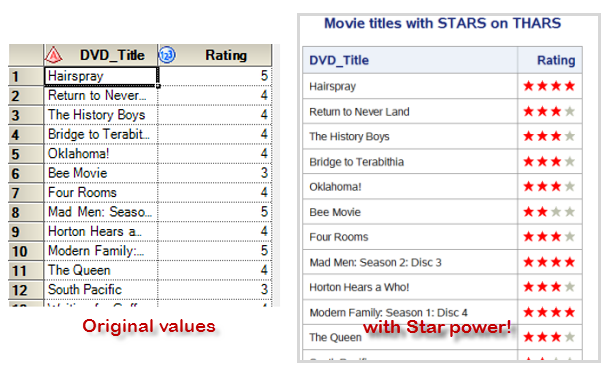
I've seen some crazy process flows in SAS Enterprise Guide. Crazy-big, and crazy-complex, used by real customers to accomplish real work. But while these process flows represent a ton of work, this is usually a calculated investment to automate processes that would be difficult to capture in another way. For




























